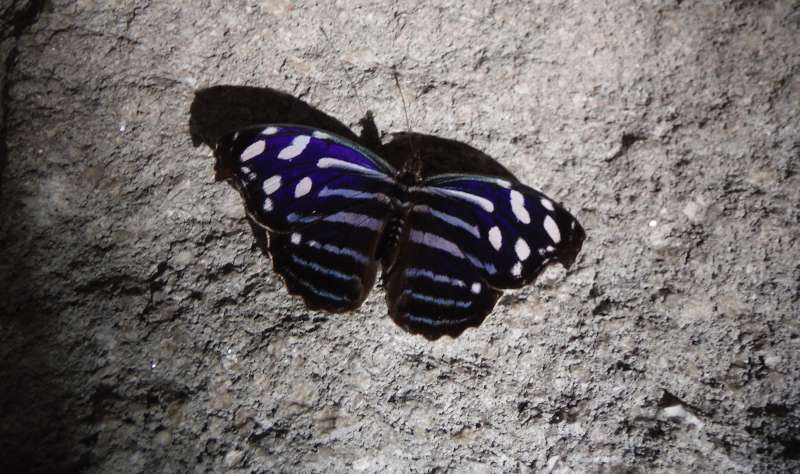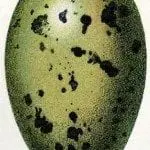Though standing perfectly still, my eyes danced all around the room trying to follow each of the beautiful, delicate creatures fluttering toward the greenhouse-style ceiling of the imitation rainforest. I drank in the quiet splendor of the scene, watching the many exotic butterflies at a traveling exhibit in my area. Suddenly, a lady walked up beside me saying, “don’t move – there’s a BIG blue butterfly on your shoulder!” Trying not to move, I strained my eyes trying to look at the magnificent creature perched on the back of my shoulder. I could see only a little bit of its huge, iridescent blue wings gracefully moving up and down, staying there for longer than I expected.
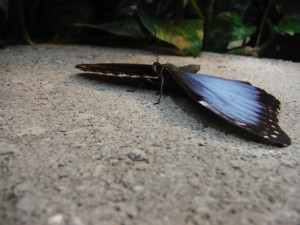
I suppose it must have come to the realization that my magenta-pink shirt wasn’t a delicious flower after all, and fluttered its giant wings up and away. I was able to get a much better look at my new friend as he flew away – his wingspan must have been bigger than the length of my hand and his color was truly spectacular. Butterfly wings are truly remarkable things – both in their beauty and function. Under the ideas of evolution, there isn’t really any good reason for the spectacular symphony of colors and iridescence we see in butterfly wings. Actually, the dramatic colors of many butterflies would announce their presence to predators, making it harder for colorful butterflies to survive. Someone might argue that these colors would benefit the survival of a butterfly species by making them more attractive to a mate, passing on their colorful DNA to the next generation, but that really doesn’t explain where the colors came from in the first place.

Butterfly wings get their diverse variety of colors and patterns in two ways: physical coloring of scales (pigmentation) or the manipulation of light through prisms in the scales. The dull/flat colors, like the orange & black of a monarch come from the chemicals that are physically coloring the scales, while the iridescent colors like blue are the result of white light being bent and separated into colors through prism-like designs in its body. If you were to look at the scales of a butterfly under a microscope, they would look similar to roofing tiles. Fairly recent engineering studies at the Massachusetts Institute of Technology show that mimicking God’s design of scales on a butterfly’s wings makes material more waterproof than previous attempts at waterproof material that were designed similar to the surfaces of plant leaves.
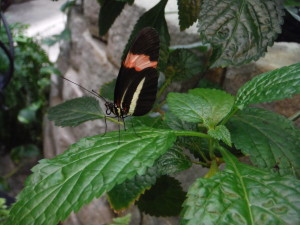
The most obvious aspect of butterfly wings is that they enable the butterfly to fly. But, if you’ve ever watched a butterfly for very long, you will notice that they fly very differently from birds – they flutter. There are several different wing stroke patterns a butterfly will use – often using several different methods back-to-back, which is what causes their “fluttering”. In some strokes, they will create a vortex by opening their wings in a funnel shape from front to back and folding the very bottom sections of their wings to keep air flowing correctly. If it weren’t for the way these bottom ends of their wings fold, the butterfly wouldn’t be able to fly. Our Creator carefully designed the wings of a butterfly to fly in a functionally creative way as well as just being gloriously beautiful!
Copyright Sara J. Bruegel, December 2015
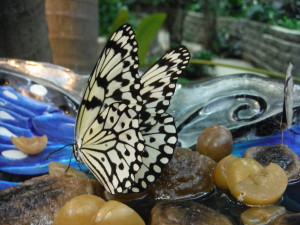
References:
- “Butterfly Wings: Inspiration for Waterproof Clothing?” By Brian Thomas. December 13, 2013. Institute for Creation Research. Last accessed Dec. 4, 2015 http://www.icr.org/article/butterfly-wings-inspiration-for-waterproof
- “Butterflies fly on designer wings”. By Patrick Clarke. April 2013. Creation Magazine, 35 (2): pages 28-31. Creation Ministries International. Last accessed Dec. 4, 2015. http://creation.com/butterfly-designer-wings
- Why a butterfly flutters by”. By David Catchpoole. March 2004. Creation Magazine, 26 (2): page 56. Creation Ministries Internationl. Last accessed Dec. 4, 2015 http://creation.com/why-a-butterfly-flutters-by
- “Brilliant Butterfly Feature Challenges Darwinian Selection”. By Brian Thomas. Septembe 20, 2013. Institute for Creation Research. Last accessed Dec. 4, 2015 http://www.icr.org/article/brilliant-butterfly-feature-challenges

